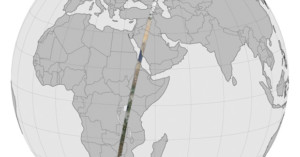
Satellite Shoots Beautiful 6,000-Mile-Long Panoramic Photo from Orbit
There's a slew of super-large panorama pictures available on the web, but when was the last time you heard about a picture that spans well over half the diameter of Earth?

There's a slew of super-large panorama pictures available on the web, but when was the last time you heard about a picture that spans well over half the diameter of Earth?
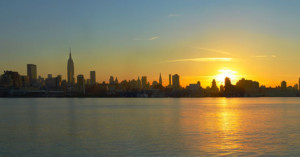
I focus on a relatively obscure (though rapidly becoming more popular) area of photography called gigapixel-resolution photography. I use a robotic panoramic mount to capture tens if not hundreds of images of the same location and then stitch the images together to create a single massive photograph. I've combined this technique with High Dynamic Range imaging to create HDR photographs that are anywhere from 200 megapixels to 4 gigapixels in resolution size.
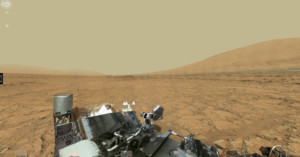
For a while now we've been sharing photos beamed home by NASA's rovers on Mars. From panoramas by the old timer Opportunity to selfies by the new kid Curiosity, we're starting to see more and more of the Red Planet many millions of miles away. Andrew Bodrov, however, has taken it to the next level.
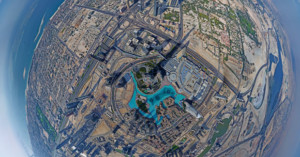
Have you always wanted to see what the world looks like from the top of the Burj Khalifa, the tallest manmade structure in the world? Dubai, UAE-based photographer Gerald Donovan was recently given the opportunity of shooting a photograph from the peak of the massive skyscraper. Not just any ol' photograph, mind you, but an immersive 360-degree panorama that makes you feel like you're actually there!
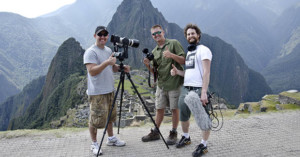
Photographer Jeff Cremer recently captured the highest-resolution photo ever shot of Machu Picchu, the most popular tourist destination in Peru and one of the New 7 Wonders of the World. Unlike other gigapixel projects that we've shared here in the past, this one is very well documented, offering an interesting behind-the-scenes look at how these gargantuan images are made.
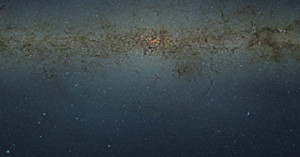
Astronomers at the European Southern Observatory's Paranal Observatory in Chile have released a breathtaking new photograph showing the central area of our Milky Way galaxy. The photograph shows a whopping 84 million stars in an image measuring 108500x81500, which contains nearly 9 billion pixels.
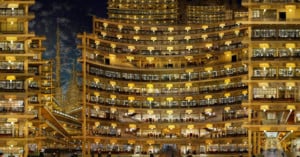
Gigapixel photographs are generally created by snapping a large number of photos of a scene using a special robotic camera rig, and then stitching those images together afterward using special software. Jean-François Rauzier creates similarly massive images, except his "hyperphotos" are all stitched together by hand.
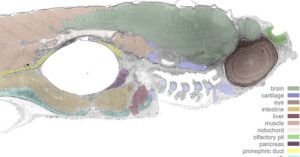
Gigapixel images are usually used to capture tiny details in expansive scenes, but scientists in the Netherlands recently created one that shows microscopic details in a tiny subject. Using a technique called virtual nanoscopy (a new relative of microscopy?), the researchers created a massive 281-gigapixel image of a 1.5-millimeter-long zebrafish embryo.
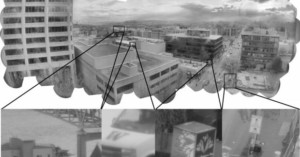
Scientists at Duke University have created a digital camera that boasts a whopping 50 gigapixels. The camera, dubbed AWARE-2, uses 98 separate 14-megapixel microcameras and a special spherical lens. Each microcamera captures a tiny portion of the scene and a specially designed processor stitches the images together. Processing the data is so hardware intensive that 97% of the camera is made up of electronics and computer components (the other 3% is the optical elements).

By and large, as a professional of whatever description, clients hire you based on experience and expertise, grace under pressure, problem-solving skills, and your finely-tuned ability to transcend the limitations of the assignment and distill the essence of an idea into its most purely realized form.
Okay so that’s what they tell you in college, but honestly it’s mostly just blather. Assignment photography is a hot-dog factory where the end results are images rather than sausages. If people saw what went into some of this stuff there’s no way they’d want anything to do with it. The sad reality is that there are all kinds of reasons you’re brought in on projects, some of them more edifying than others. Sometimes you’re exactly the right person for the job, other times you’re just a camera monkey. My favourite is the “wouldn’t-it-be-cool-if” call, where everyone gets all excited about an idea that turns out to be completely impractical. Well, this is the story of one of those ideas that actually managed to see the light of day.
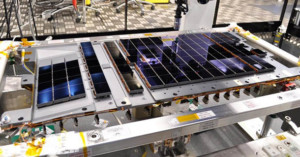
A 268-megapixel sensor might suffice for photographing the stars through a telescope, but apparently a sensor many times more powerful is needed for photographing alien planets from space.
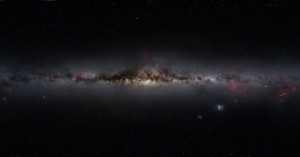
What you see above is the largest true-color photograph of the night sky ever created, shot by 28-year-old amateur …

You’ve probably seen gigapixel photos and timelapse videos before, but how about a fusion of the two? Researchers at …

Photographer Jeffrey Martin, founder of 360cities, recently use a Canon 550D and 200mm lens to shoot the largest indoor photograph ever made: a ginormous 40 gigapixel photograph of a 18th-century baroque library in the Strahov Monastery in Prague, Czech Republic. Over 5 days of shooting with his robot control camera, Martin collected 2,947 separate photos that went into the resulting panorama. The RAW photos then took a day to batch process, 111 hours to stitch, and 20 hours to Photoshop, finally ending as a single 283 gigabyte photograph.
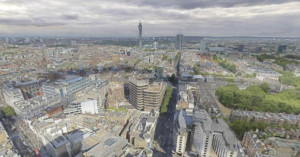
Jeffrey Martin spent three days shooting a massive 80 gigapixel panorama of London, …
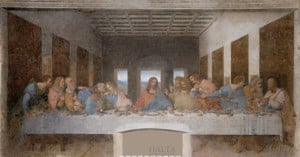
We've featured quite a few gigapixel photo projects here on PetaPixel, but this one's a bit different. HAL9000 is a project out of Italy that takes famous paintings and shoots gigapixel photographs of them, allowing you to get up close and personal with the masterpieces through a special online viewer.
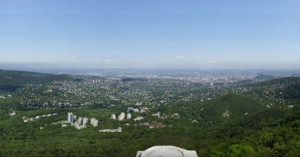
Just a couple months after we reported that a 45-gigapixel photo of Dubai had become the world's largest, a new panorama has arrived to steal the crown. 70 Billion Pixels Budapest is a 70-gigapixel panorama of Budapest created using a setup of two 25-megapixel Sony A900 cameras fitted with 400mm Minolta lenses and 1.4X teleconverters. Four days of shooting resulted in 20,000 images, and an additional two days of post-processing produced a single 200 GB file. If printed, the size of the photo would be about two apartment blocks long and ten stories tall.
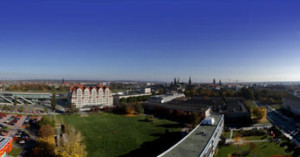
It's quite a coincidence, but two of the largest images in the world were both announced recently. These images were created by taking thousands of individual high-resolution photographs and stitching them together to create gigantic panoramas.